I should have thought to title a series “Something Borrowed” a long time ago. I’ve borrowed some very fine medium format cameras over the past handful of years. A Hasselblad, a Contax 645, another Hasselblad, and now a Zenza Bronica S.
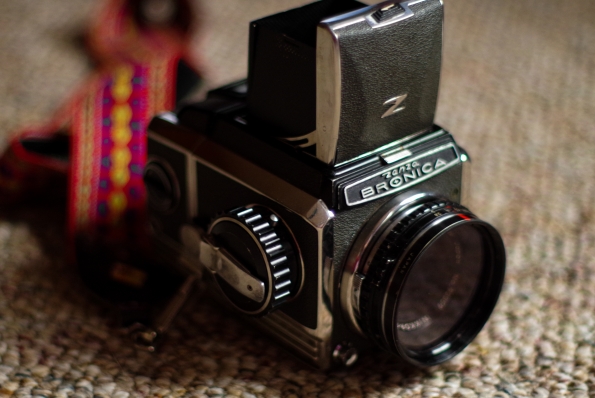
The Bronica S came to me via Susan, whom you’ve seen featured on this blog before because I photographed her wedding in 2013. She is a fellow film photography enthusiast who has amassed her own little collection of film cameras. Susan knew that I was trying to stave off the desire to buy a medium format SLR and offered to loan me this beauty!
A little about the Bronica S
- The Bronica S is a medium format 6×6 SLR
- You can use interchangeable film backs
- Focusing helical built into the camera body, which is some technical info that I don’t quite understand. But it makes the part of the lens which is outside the camera quite short
- Its focus and film advance are combined in one knob (with a film advance crank that folds into the knob when not in use)
- Mirror lock up available, by using a switch on the bottom of the camera
- A shutter speed range of 1s-1/1000ths
- Dark slide which cannot remain inserted while film back is attached to the camera. This is the first time I’ve encountered such a dark slide. It slides itself out as a way of reminding you to remove it. Pushing it all the way in is how you remove the film back.
- Instant return mirror (unlike other medium format cameras such as the Hasselblad or Bronica ETRS cameras)
- The brightest waist level finder I’ve ever seen!
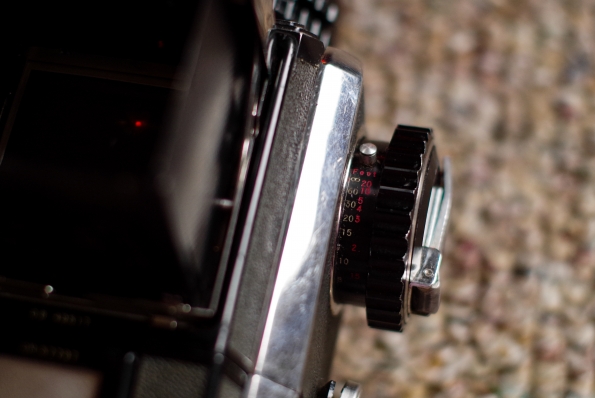
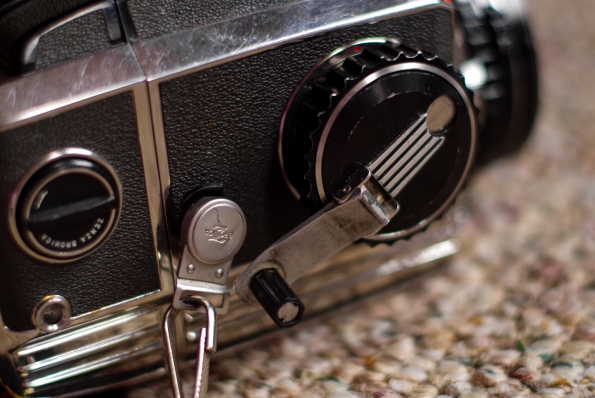 Focus knob/film advance crank
Focus knob/film advance crank
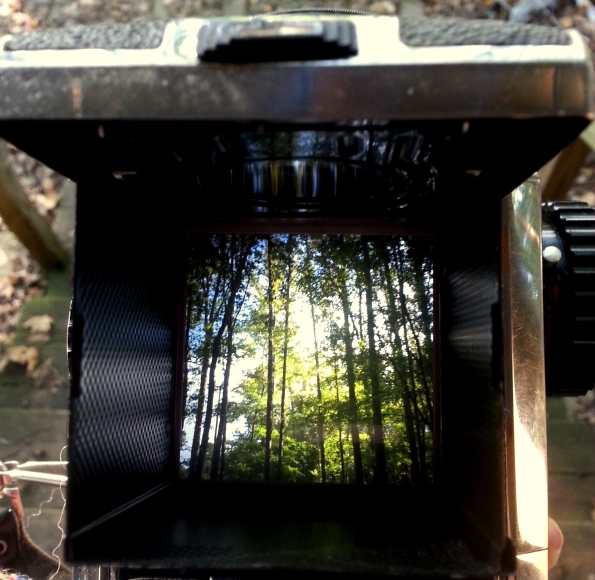 Bright, bright, BRIGHT waist level finder
Bright, bright, BRIGHT waist level finder
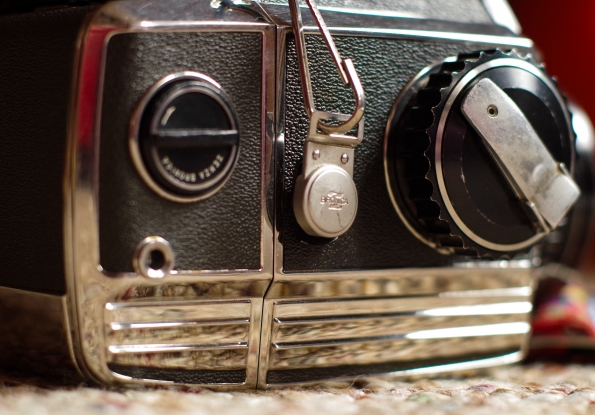
It’s like a chromed out car from the 1950s! And it is soooooo heavy. With the standard 75mm lens, it weighs about 4 pounds (1.8 kilograms.) By the way, I love the 75mm Nikkor lens! Partly because it focuses so much more closely than the standard lens on a Hasselblad. You’ll see that I leaned on that close focusing range quite a lot for my test rolls.
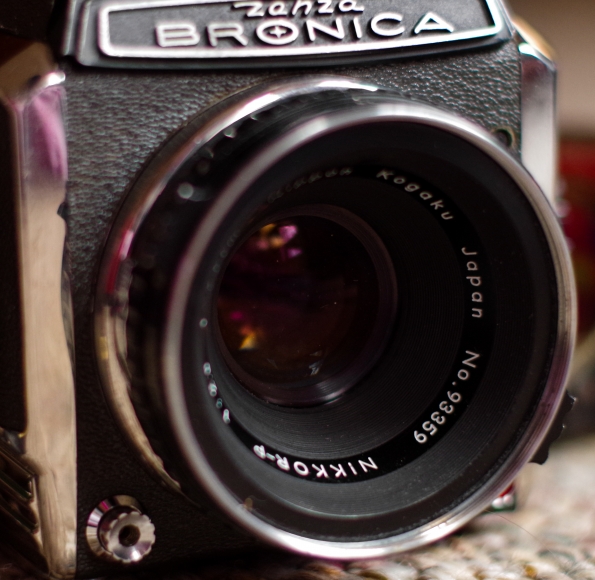 That lovely Nikkor-P lens
That lovely Nikkor-P lens
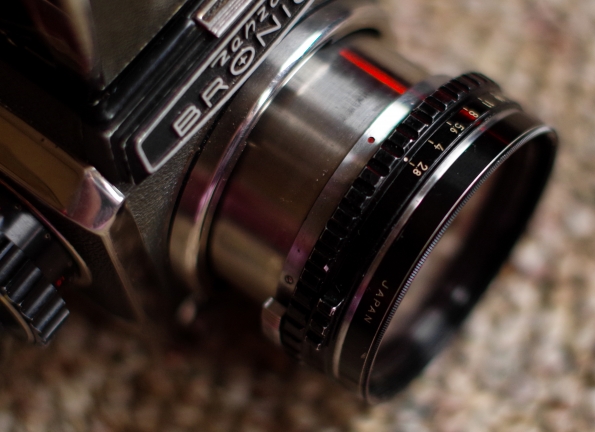 As I said, the Bronica S’s body’s built-in focusing mechanism means the lens doesn’t protrude far outside the camera. This is at the closest focusing distance, which is the “longest” this lens gets. You can see in an above photo that the lens sits almost flush with the body at its shortest length (focused at infinity.)
As I said, the Bronica S’s body’s built-in focusing mechanism means the lens doesn’t protrude far outside the camera. This is at the closest focusing distance, which is the “longest” this lens gets. You can see in an above photo that the lens sits almost flush with the body at its shortest length (focused at infinity.)
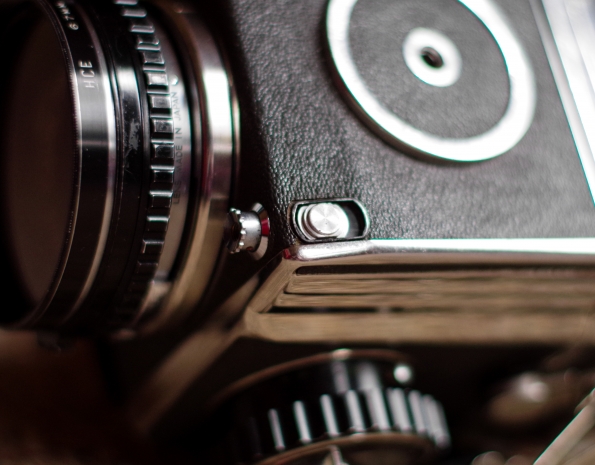 There’s that mirror lock-up switch I told you about
There’s that mirror lock-up switch I told you about
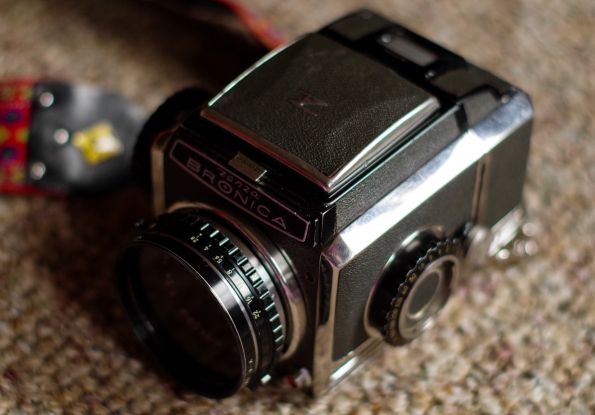 How the camera looks with the waist level finder folded down
How the camera looks with the waist level finder folded down
Now. On the the real reason we’re here. The photos this camera can take!
Roll #1 with the Bronica S was my expired Kodak Pro 400MC. I don’t think I did a great job metering for this badly expired film/erred on the side of underexposure when it came to hand-holdable shutter speeds. My bad!
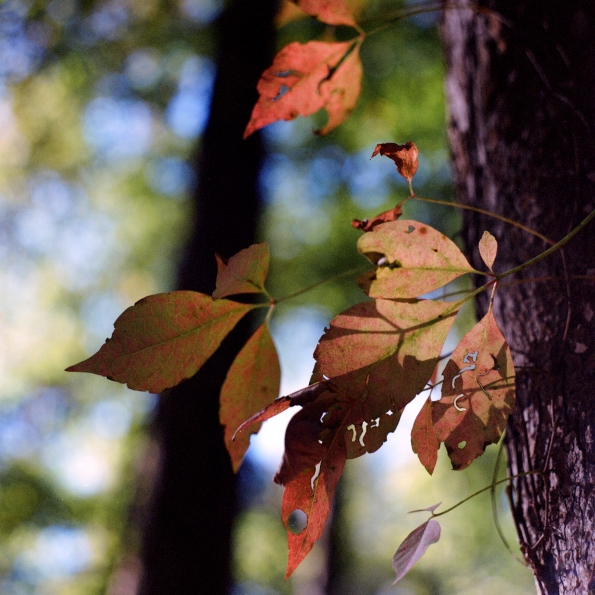
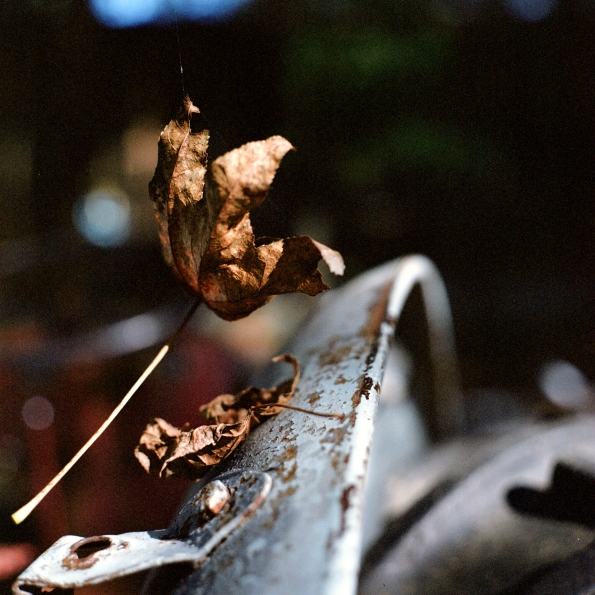 There were so many spiders outside this fall – there were leaves suspended by single threads of web and looked as if they were floating
There were so many spiders outside this fall – there were leaves suspended by single threads of web and looked as if they were floating
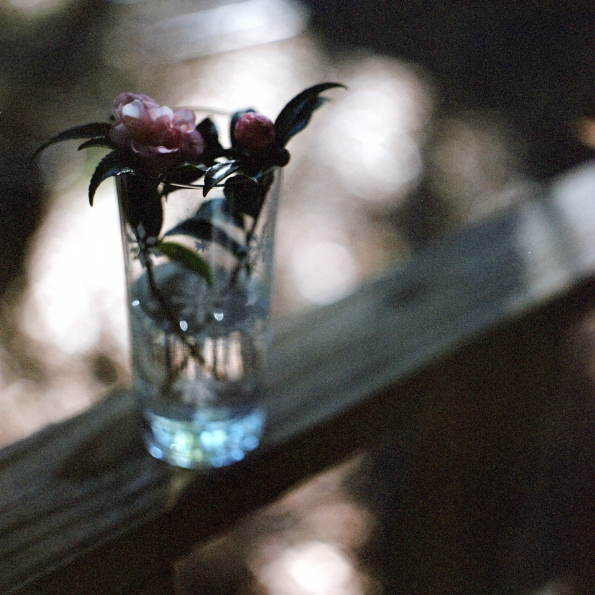 Totally missed the mark with the exposure here, but I still love this photo of camellia flowers
Totally missed the mark with the exposure here, but I still love this photo of camellia flowers
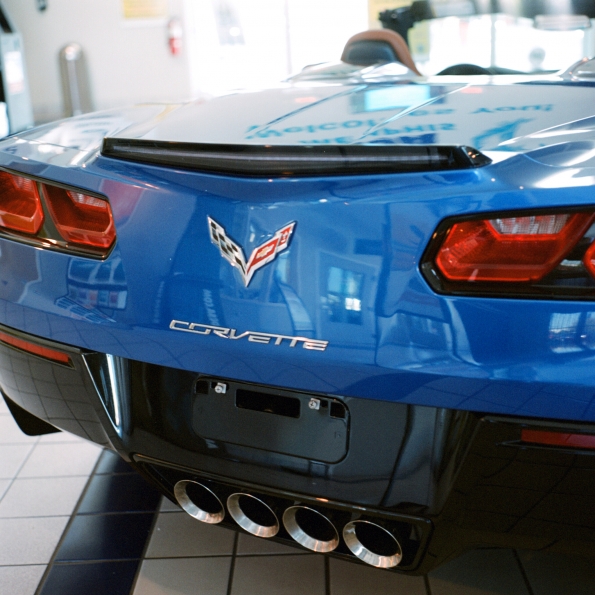 Blue Corvette at work
Blue Corvette at work
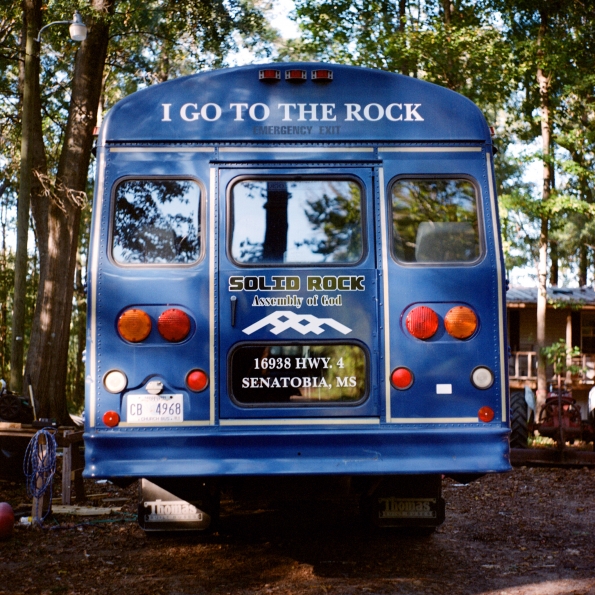 Church bus at my dad’s shop
Church bus at my dad’s shop
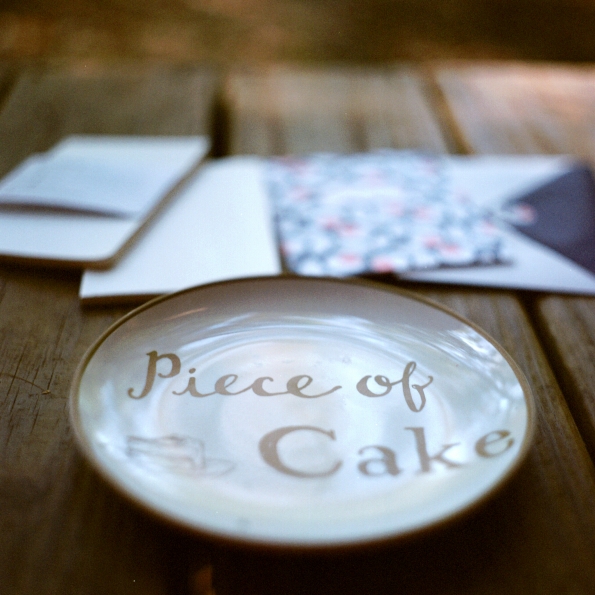 My #basic purchases from Target: Moleskin notebooks, cute stationery, and cute plate
My #basic purchases from Target: Moleskin notebooks, cute stationery, and cute plate
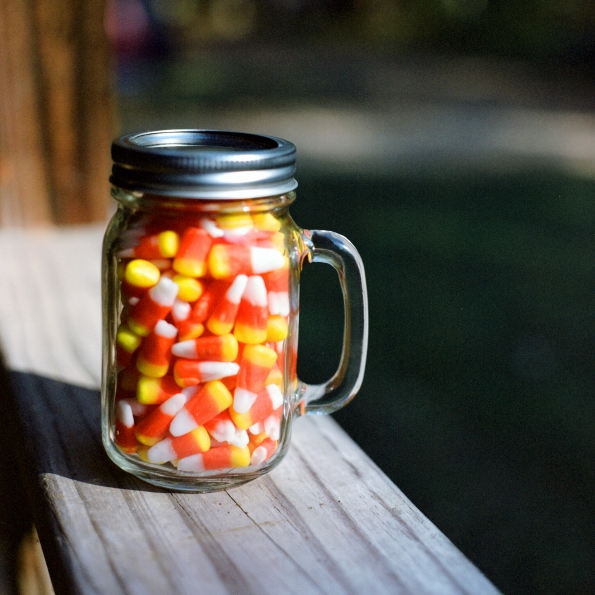 My brother-in-law loves candy corn. At a Halloween party my niece attended, the children played a game where they guessed the number of candies in various jars. My niece won a jar of candy corn by guessing the number closest to the actual pieces in the jar. Coincidence? I think not!
My brother-in-law loves candy corn. At a Halloween party my niece attended, the children played a game where they guessed the number of candies in various jars. My niece won a jar of candy corn by guessing the number closest to the actual pieces in the jar. Coincidence? I think not!
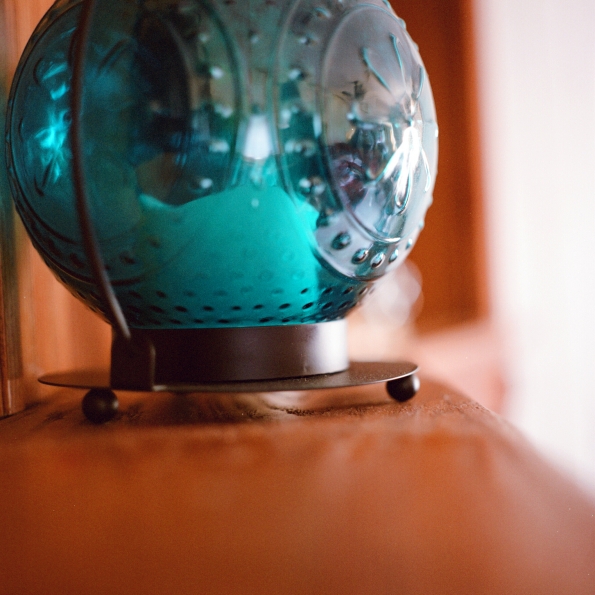 Flameless candle lantern on the mantle
Flameless candle lantern on the mantle
Roll #2 was Ilford HP5+. I hadn’t shot that film in years, and I am kicking myself in hindsight. It is a BEAUTIFUL film and, coupled with the wonderful Bronica S’s lens, I am definitely thrilled with the results of this roll.
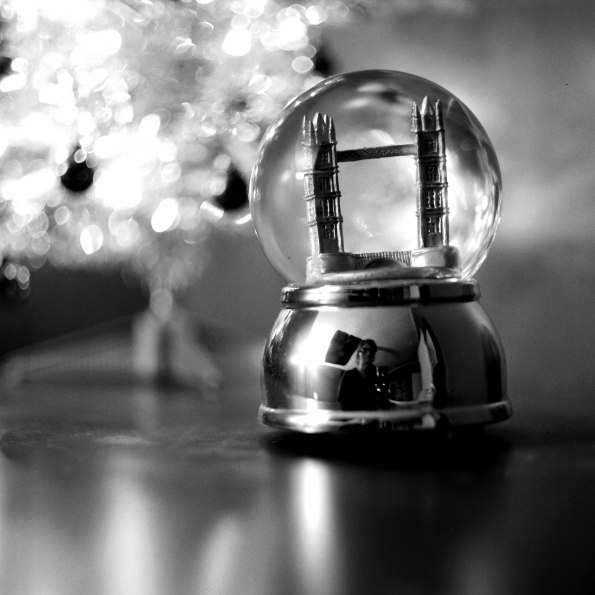
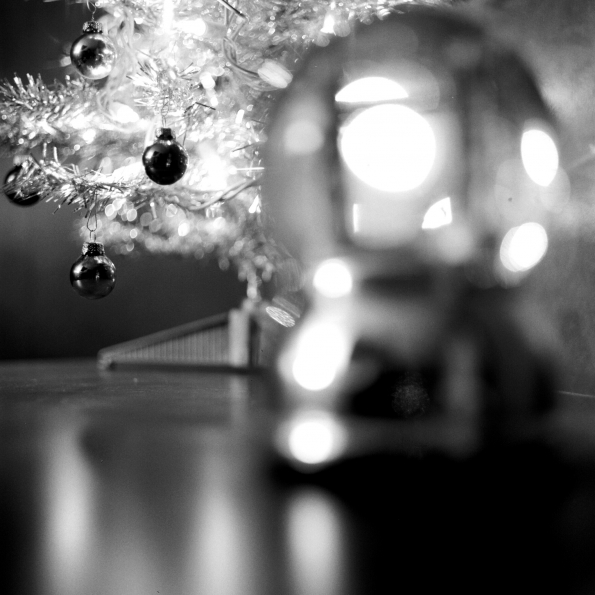 Silver tinsel mini Christmas tree and Tower of London snowglobe in my bedroom
Silver tinsel mini Christmas tree and Tower of London snowglobe in my bedroom
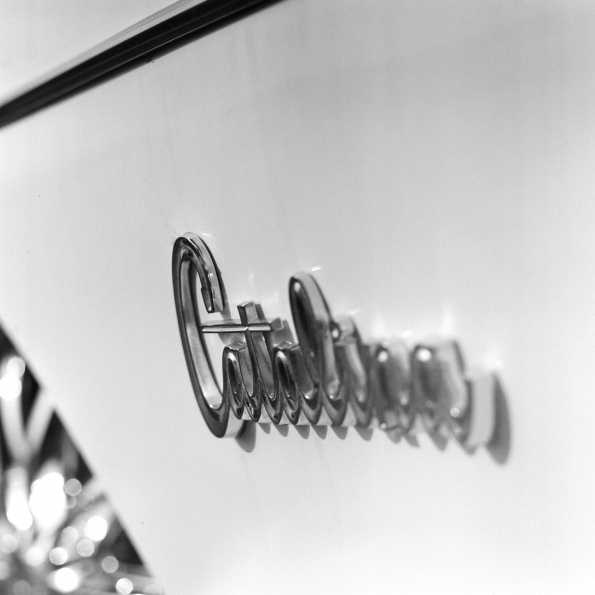
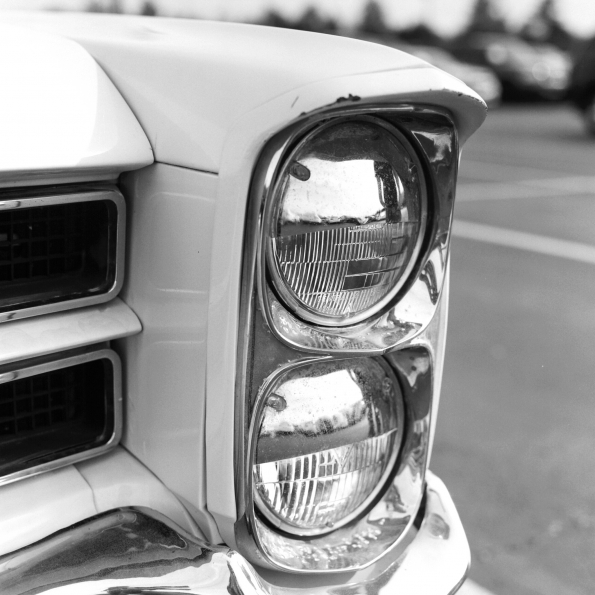
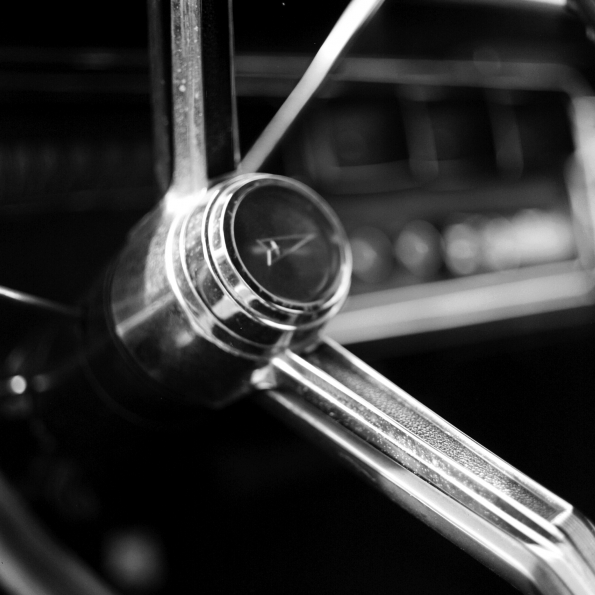
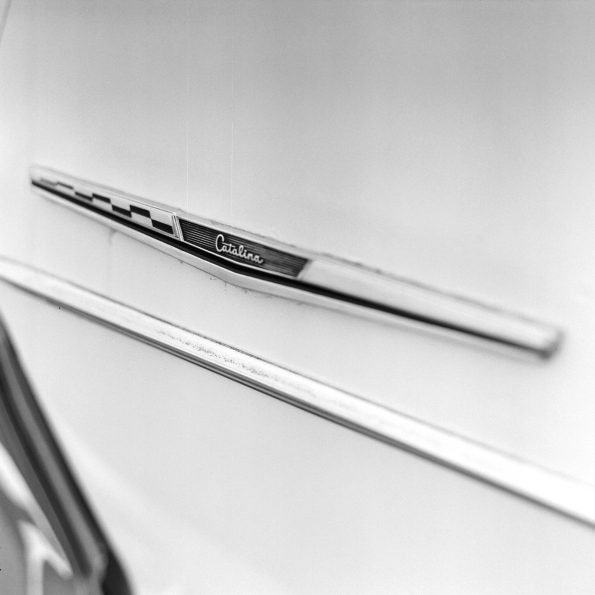
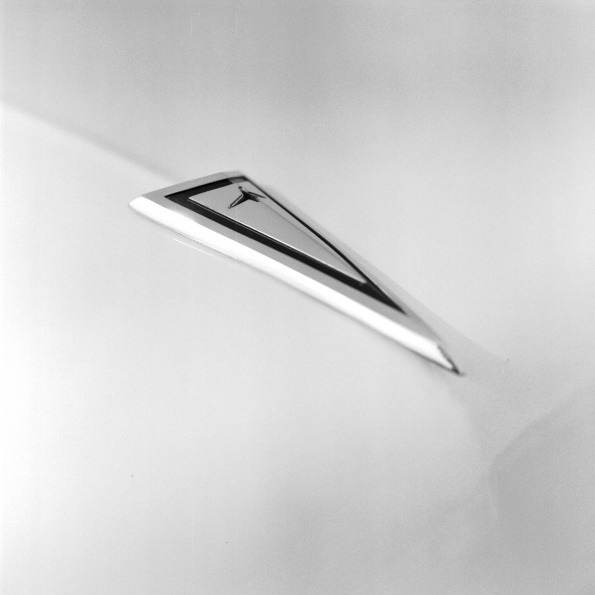
1964 Pontiac Catalina that I photographed at work one day
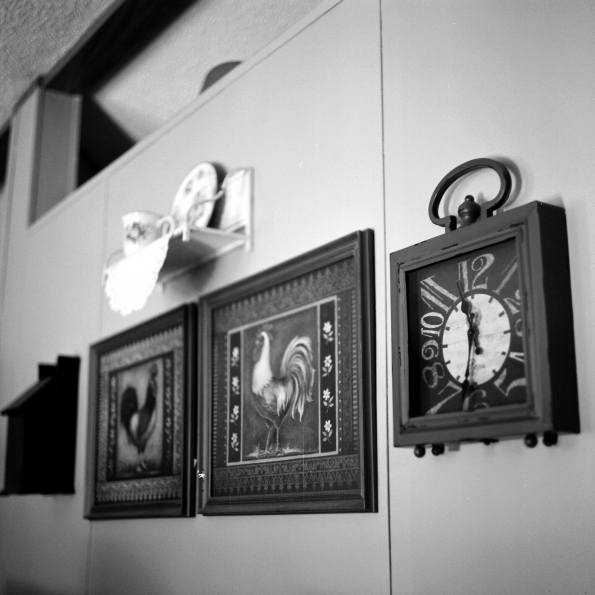
A wall in my mom’s house. I love her clock!
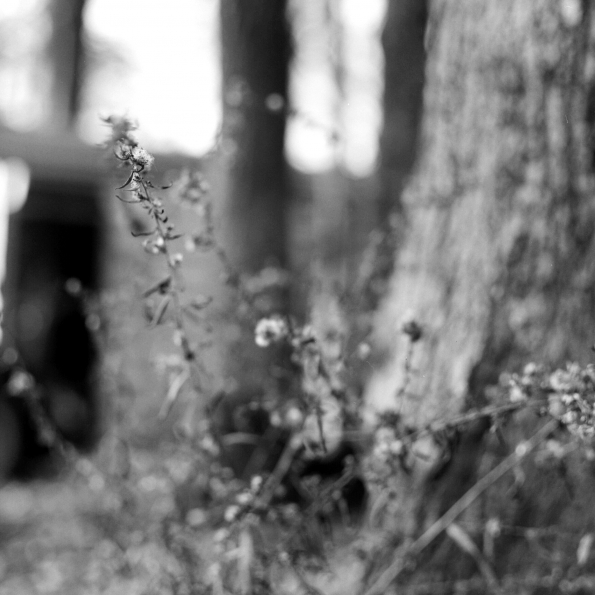
Pushing depth of field to its limits with close focusing and wide aperture
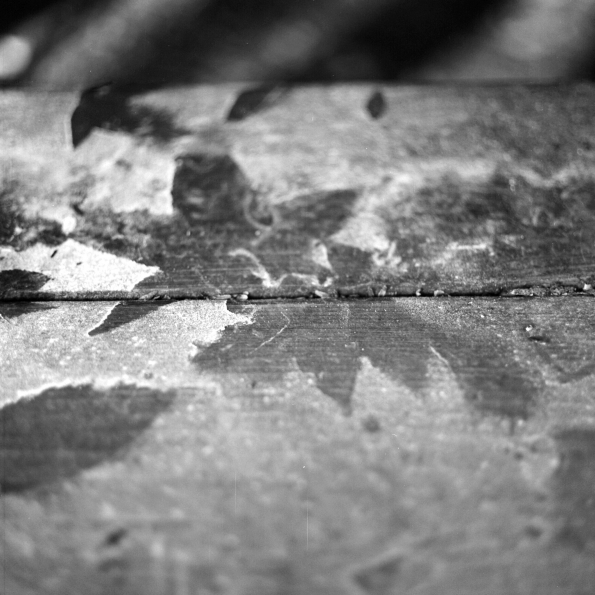
A bunch of flour fell on my kitchen floor. I dumped it off the porch but some of it landed on the steps. There were leaves on the steps that acted as stencils.
Conclusion?
While I wish I had done a better job nailing the exposure on Roll #1 with the Bronica S, I felt I made up for it with Roll #2. It’s a substantial camera, so it’s not for the faint of heart (or you can build muscle mass by toting it around!) The most important thing on any camera, ultimately, is the quality of the lens. I think the 75mm/2.8 Nikkor-P is GORGEOUS. Now, a word of warning: I described the sound made by a Hasselblad or Contax 645 as being a “THWACK!” or an authoritative thud. The Bronica S, however, makes a noise that sounds almost as if something catastrophic has just occurred when you press the shutter release. I think that initial “Did I just break this?!” shock at the noise wears off and you don’t notice is so much after you’ve got some experience with the Bronica under your belt. All that to say, you’re not going to be doing any stealthy photography in quiet museums or churches with this camera!
I hope I can put some fresher color film through the camera, and maybe try the 135mm lens that Susan also loaned me for it, before I have to surrender the Bronica back to her 🙂
 I cannot stop looking at this camera. I have dubbed it “my most handsome” camera. I swoon over it!
I cannot stop looking at this camera. I have dubbed it “my most handsome” camera. I swoon over it! The top of the Kiev – you see the shutter speed selector wheel, which also contains the shutter button, and works as both the shutter cocking and film advancing mechanism. Next is the film frame counter, which you manually set at the beginning of each roll (that is automatically set by most cameras I have.) In front of the frame counter is the aforementioned lens focusing wheel. Then there’s the flash shoe (it’s a hot one!) and the film rewind knob.
The top of the Kiev – you see the shutter speed selector wheel, which also contains the shutter button, and works as both the shutter cocking and film advancing mechanism. Next is the film frame counter, which you manually set at the beginning of each roll (that is automatically set by most cameras I have.) In front of the frame counter is the aforementioned lens focusing wheel. Then there’s the flash shoe (it’s a hot one!) and the film rewind knob. 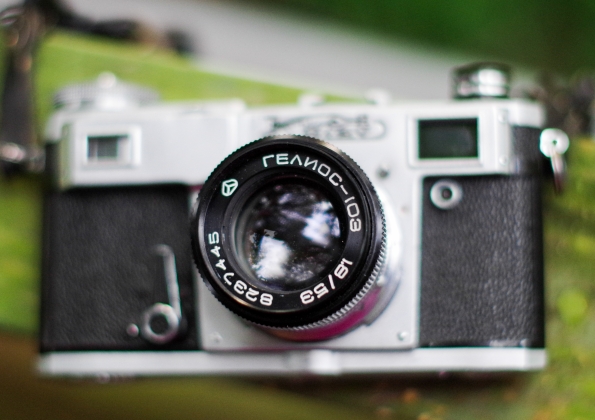 That lovely, lovely Helios-103 53mm/1.8 lens that I got with my Kiev from Fedka
That lovely, lovely Helios-103 53mm/1.8 lens that I got with my Kiev from Fedka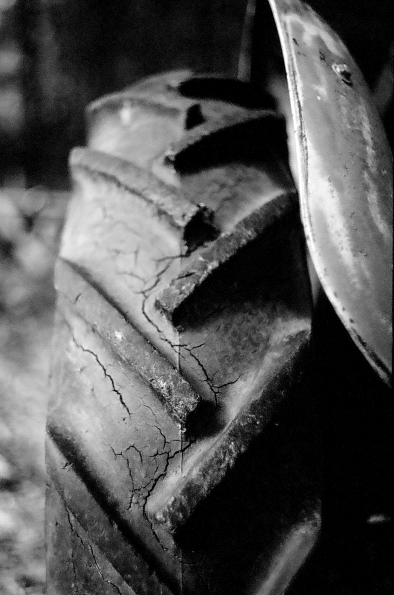 Tractor texture. First frame of film shot with the Kiev. The Helios lens is excellent!
Tractor texture. First frame of film shot with the Kiev. The Helios lens is excellent!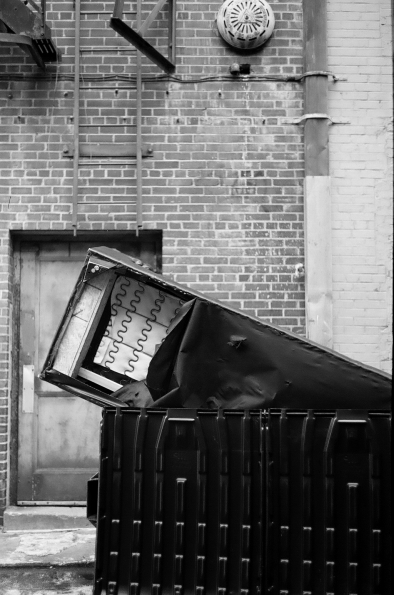
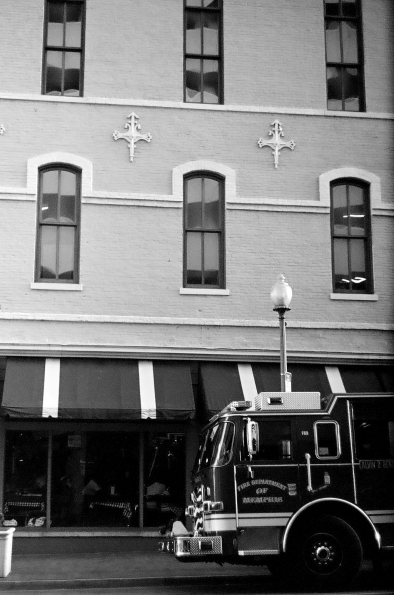
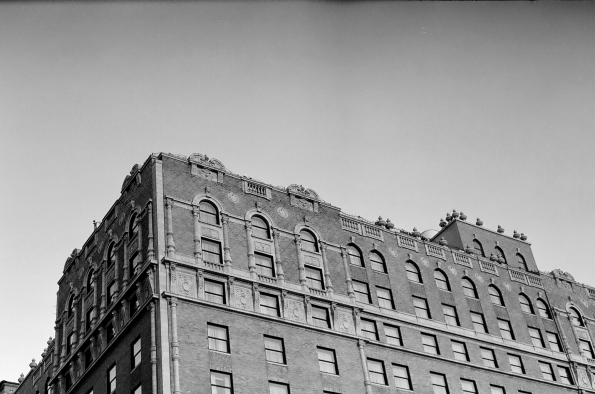
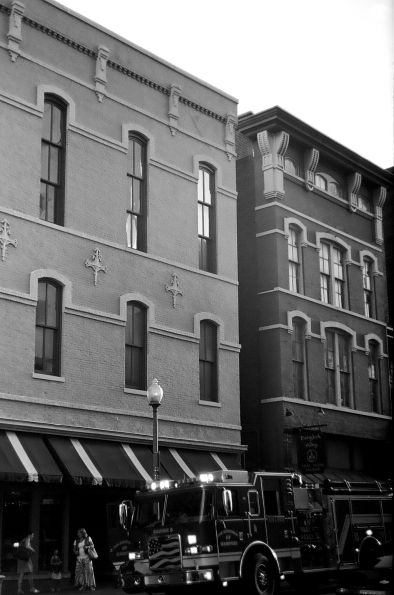
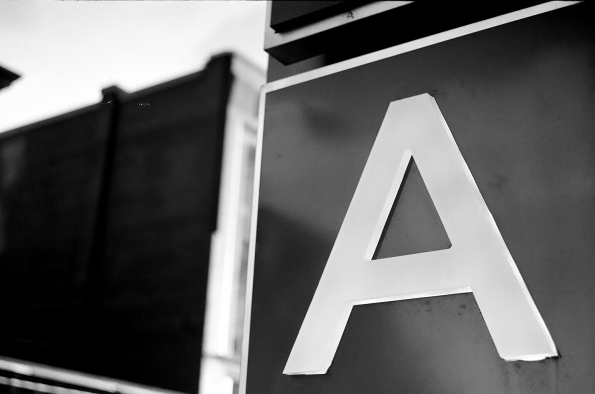
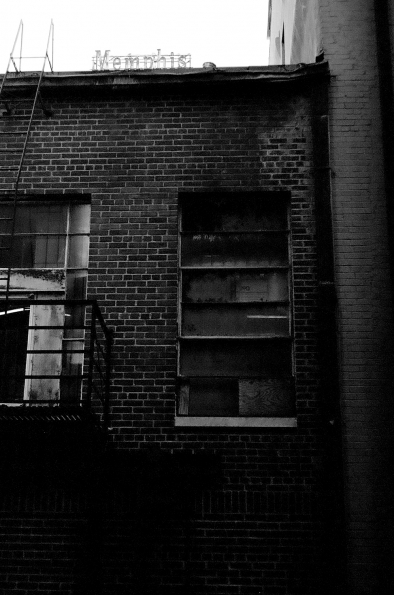
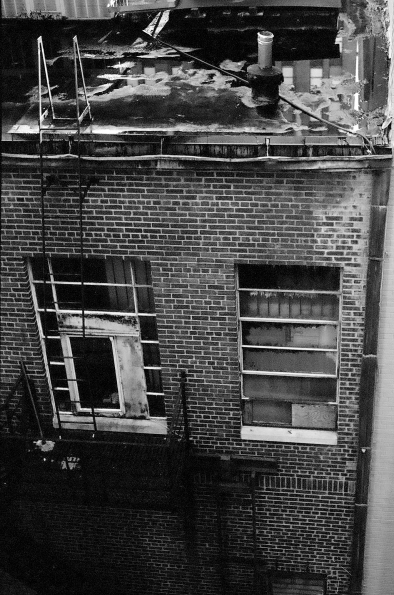
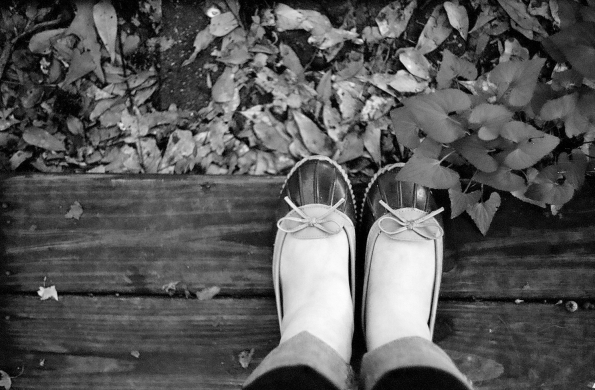 Rubber shoes
Rubber shoes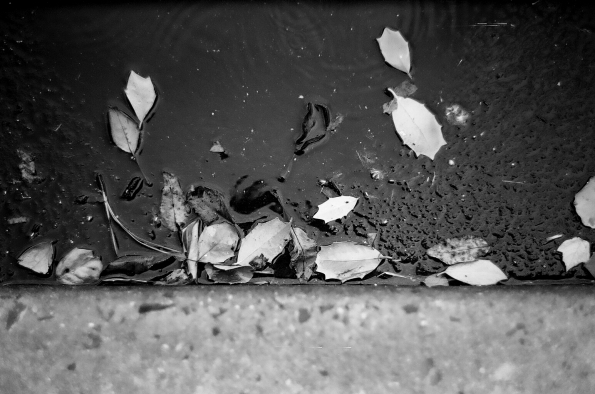 Leaves in rain water
Leaves in rain water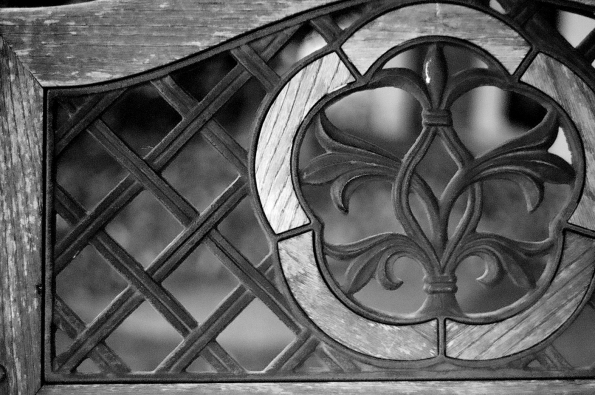 Bokeh!!
Bokeh!!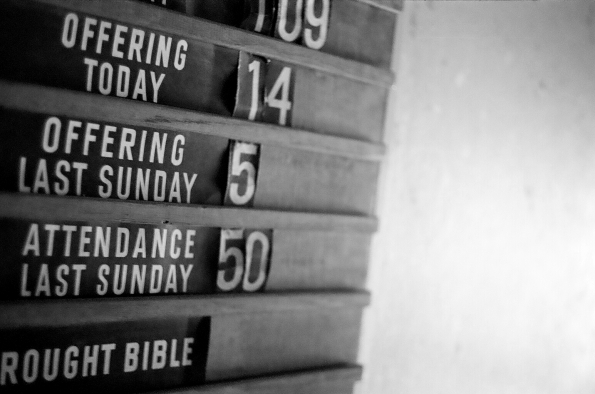 The attendance board from my Papaw’s church, hanging in my mom’s house. He passed in 2005, so this means a lot o my mom and our family.
The attendance board from my Papaw’s church, hanging in my mom’s house. He passed in 2005, so this means a lot o my mom and our family.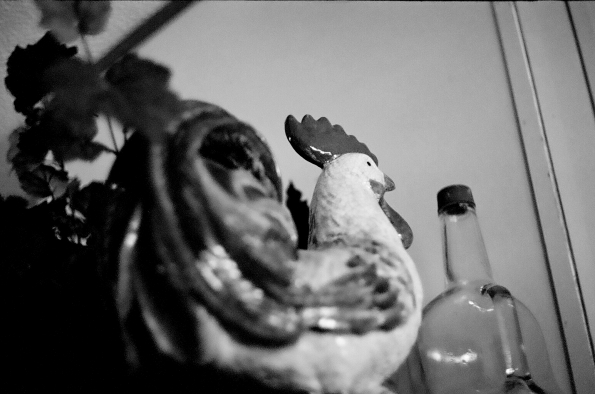 Rooster
Rooster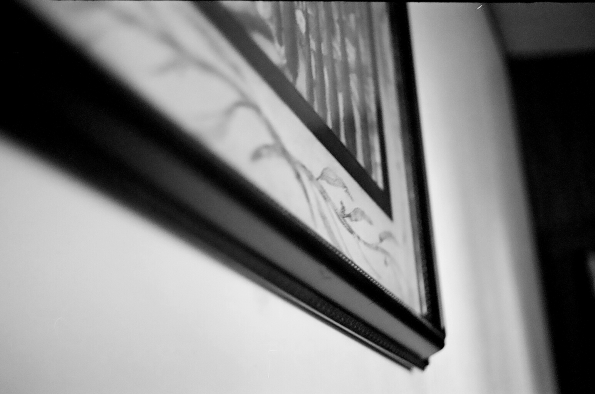
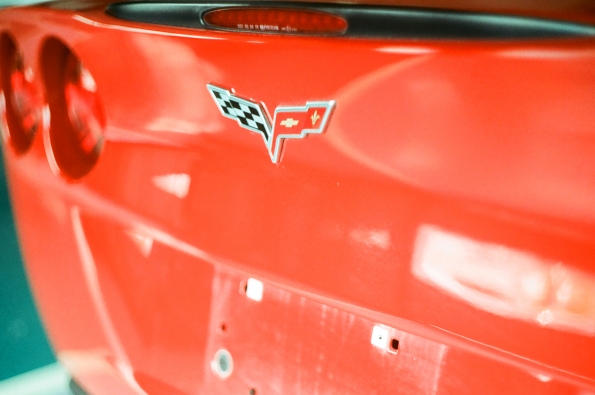 Corvette
Corvette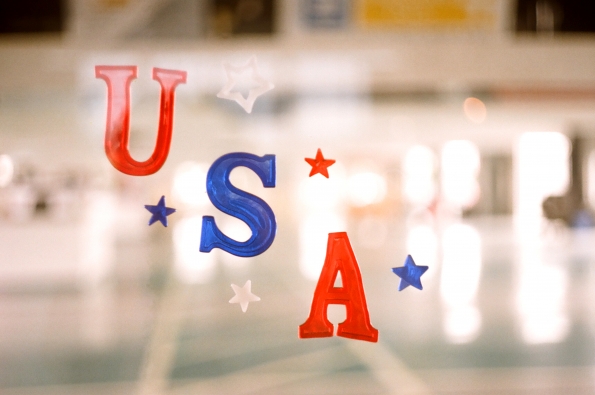 Decorations for the Fourth of July sale auction
Decorations for the Fourth of July sale auction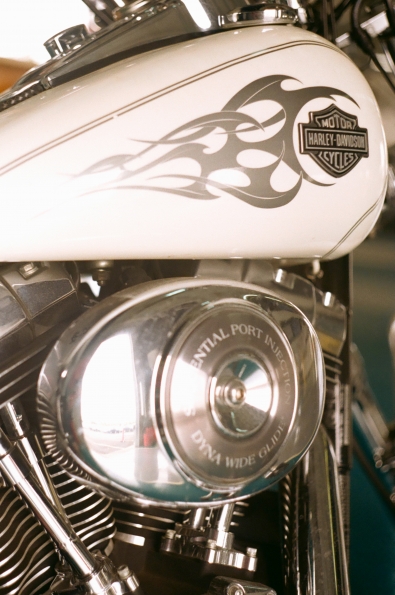
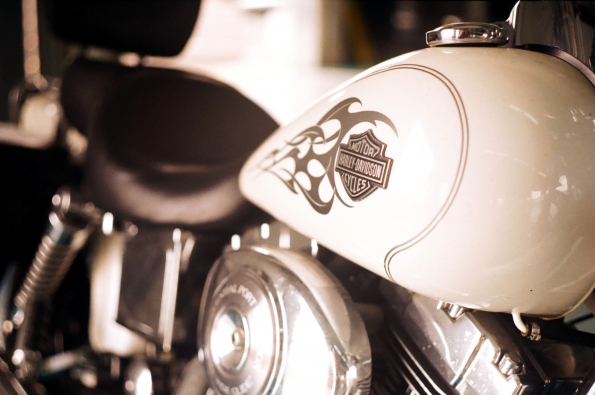
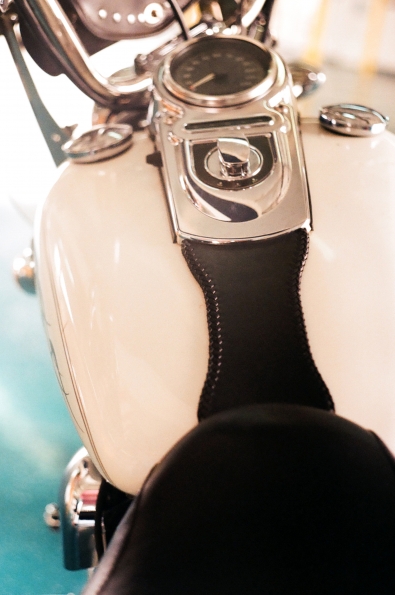
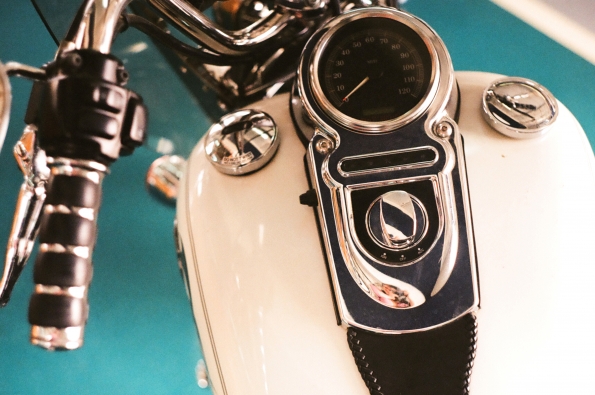 My continued series photographing motorcycles on display/for sale at the auction. This Harley was GORGEOUS.
My continued series photographing motorcycles on display/for sale at the auction. This Harley was GORGEOUS.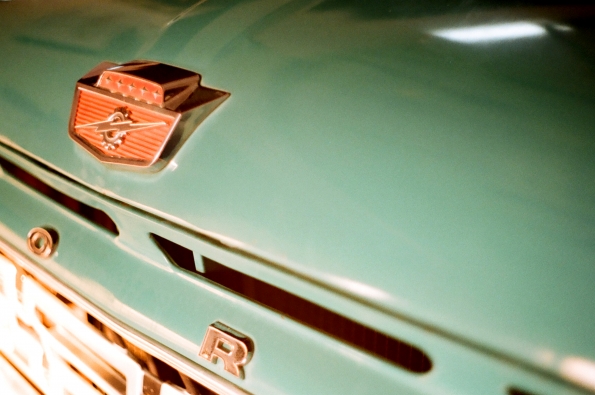
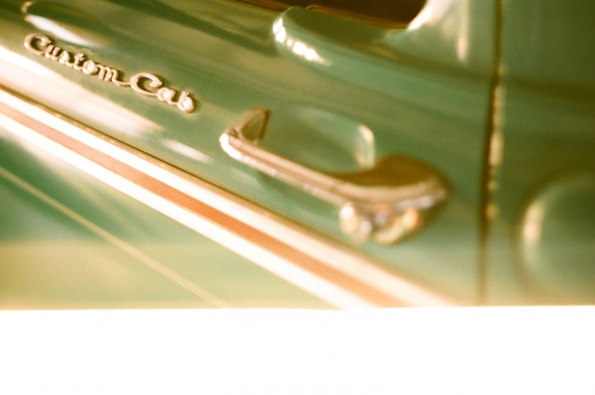
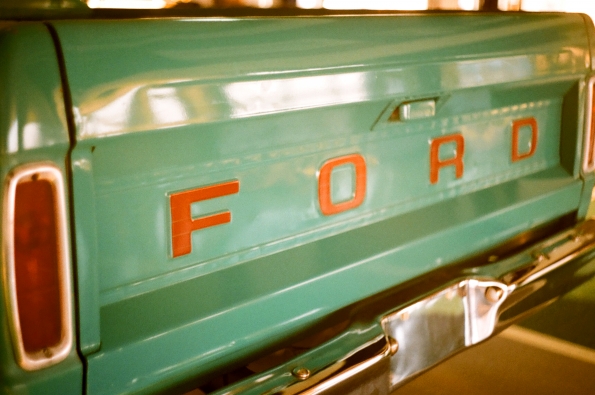
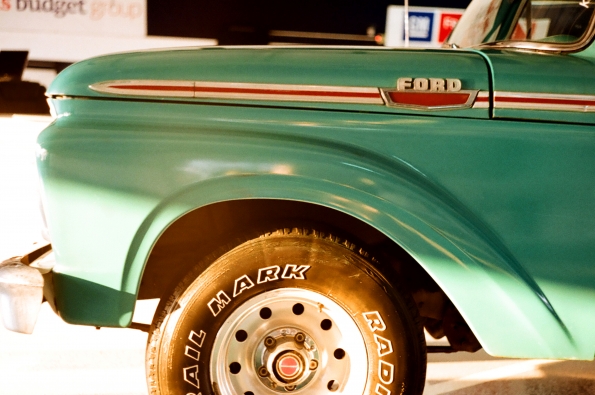
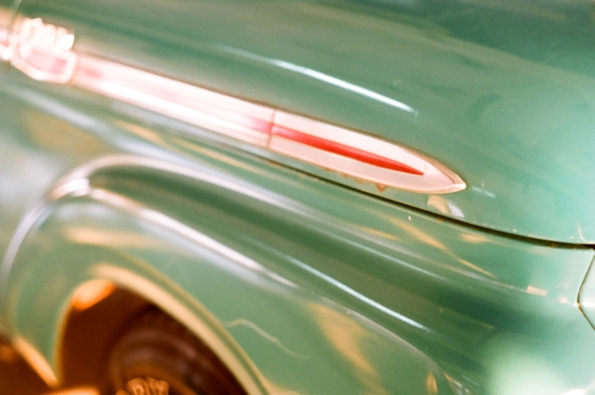
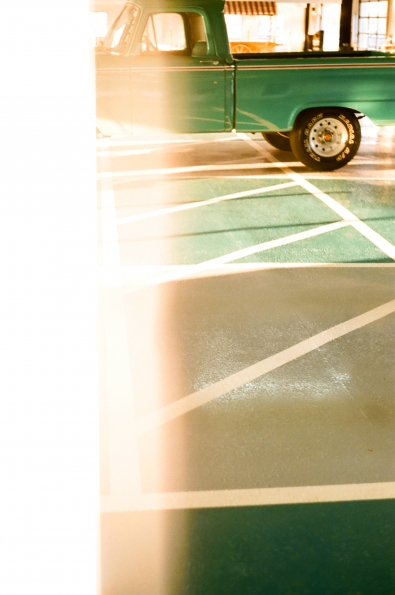 1964 Ford truck, in the auction bay and bathed in warm early morning light
1964 Ford truck, in the auction bay and bathed in warm early morning light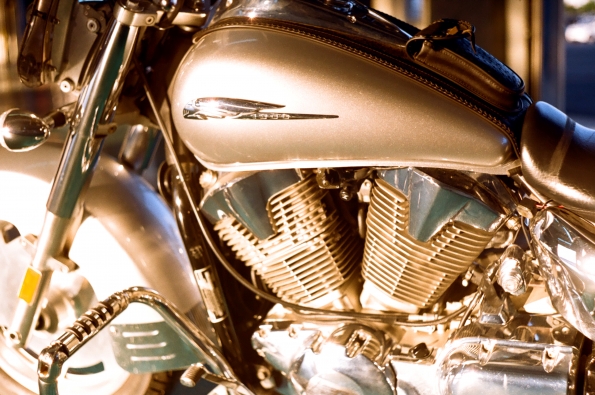
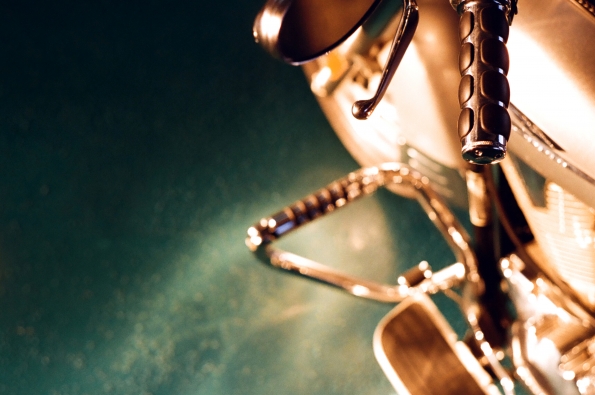 Honda motorcycle
Honda motorcycle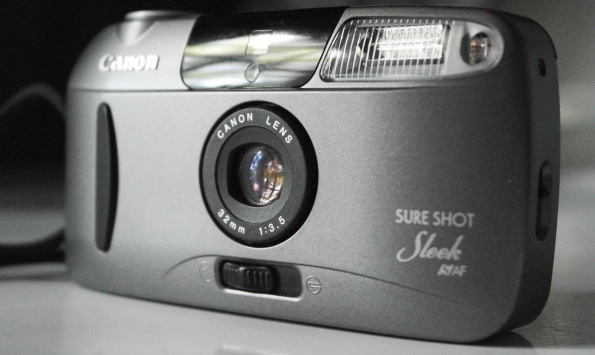
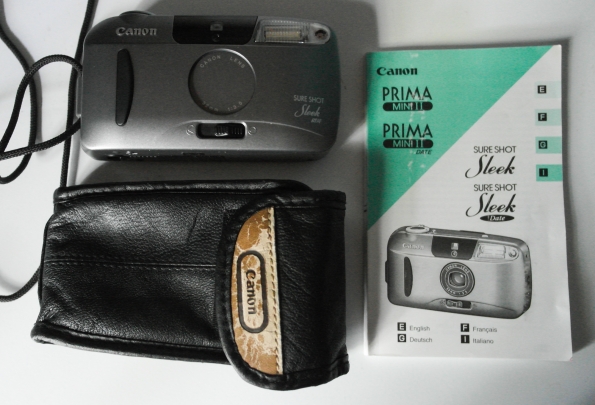 What my $3 got me. A package deal!
What my $3 got me. A package deal!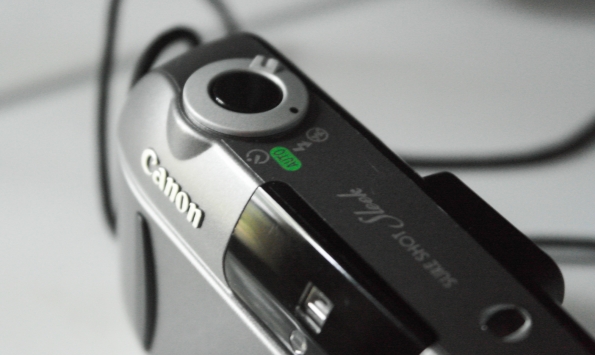
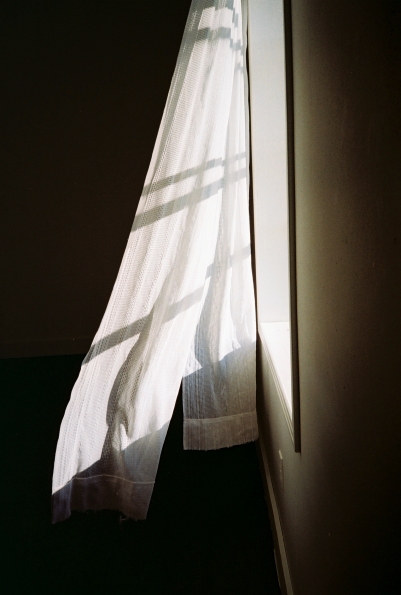

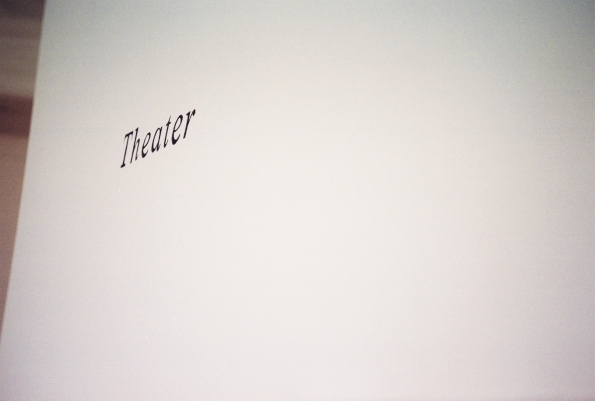
 The Big Mini’s +1.5 exposure compensation would have been handy in for this photo.
The Big Mini’s +1.5 exposure compensation would have been handy in for this photo.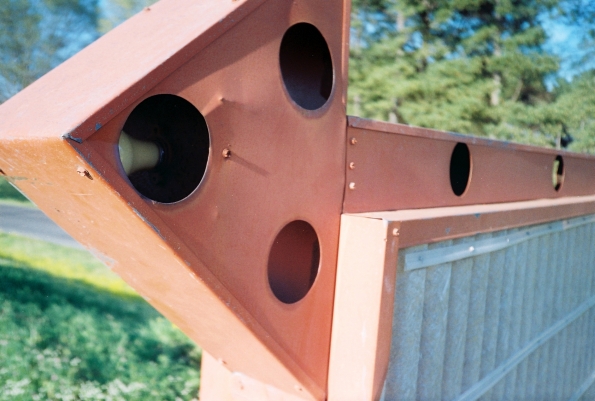
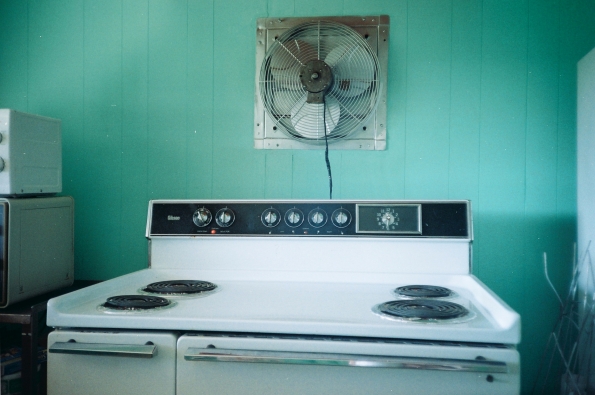
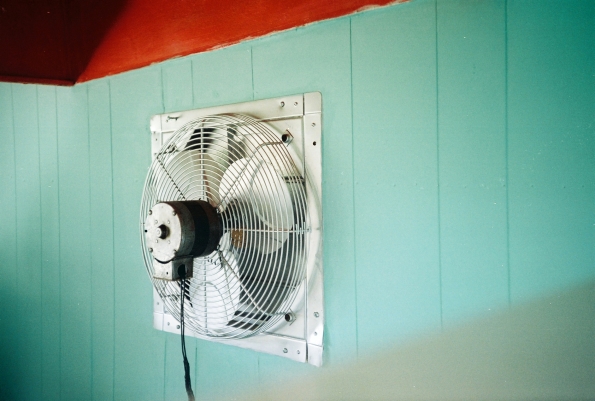
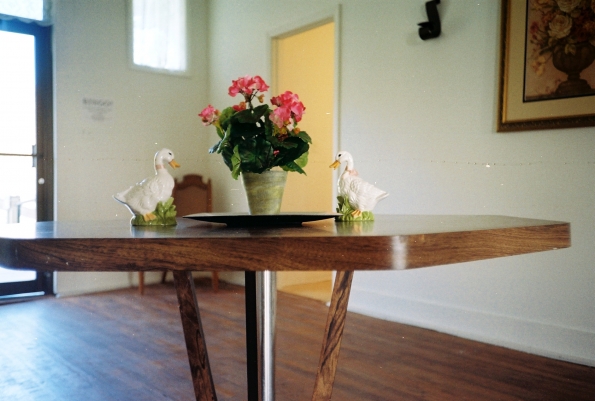 I guess they’d call this the lobby of the community center. Decked out with fine furnishings.
I guess they’d call this the lobby of the community center. Decked out with fine furnishings. Steps leading up to the small stage of the community center.
Steps leading up to the small stage of the community center.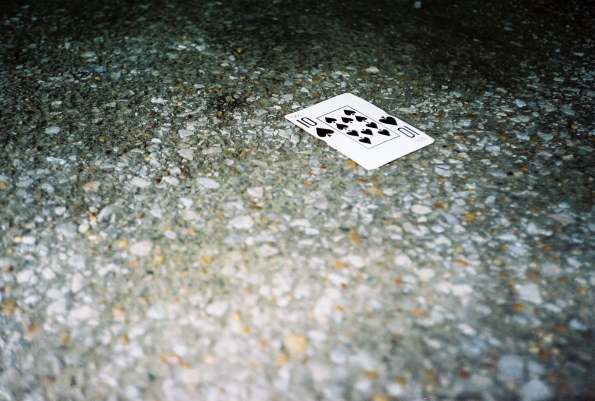

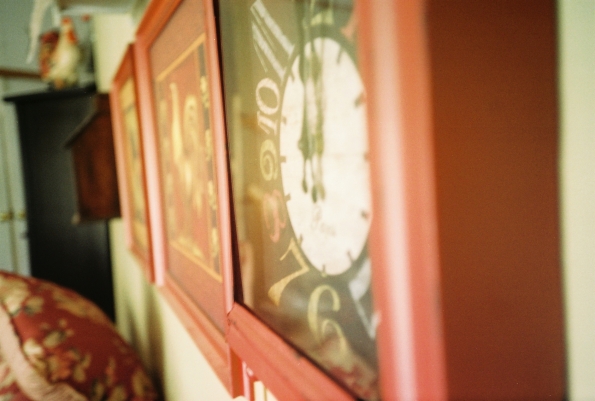
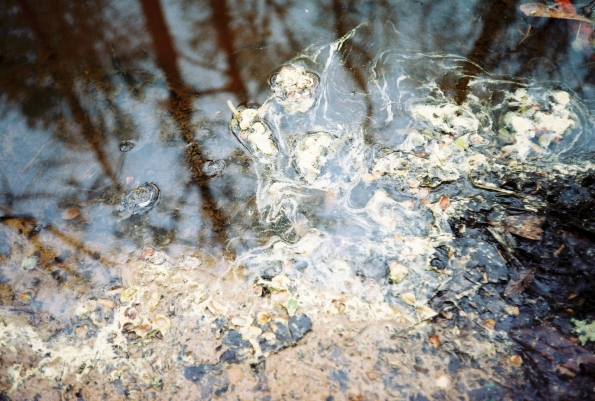
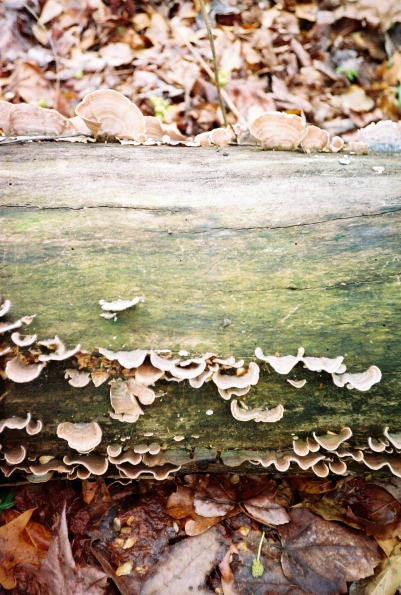
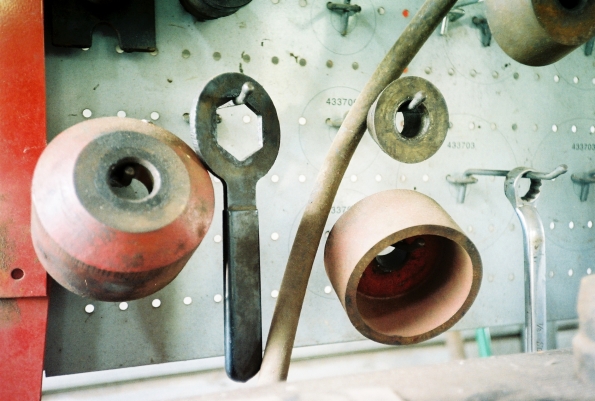
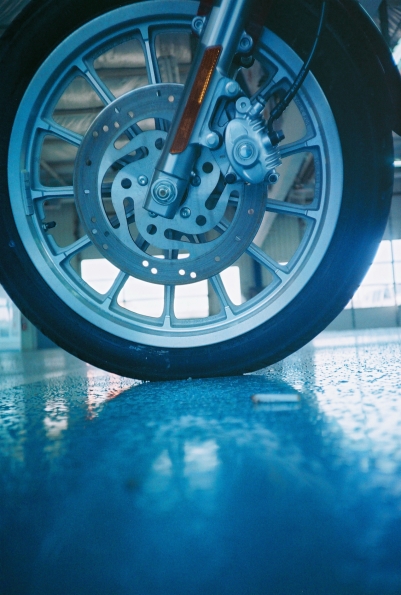
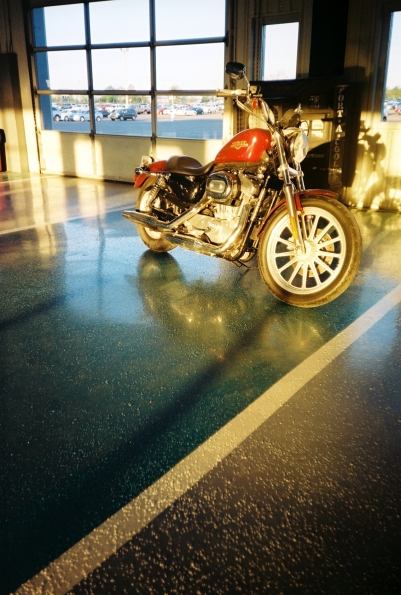
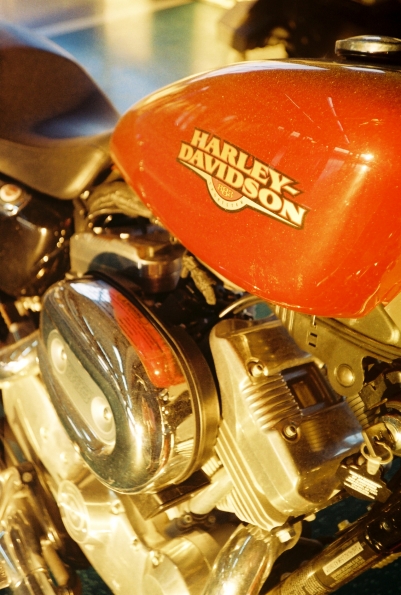
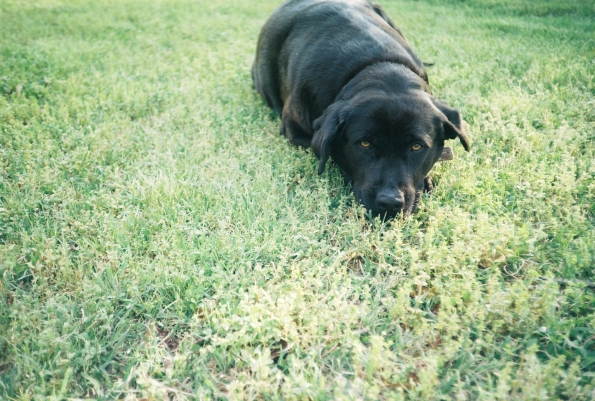
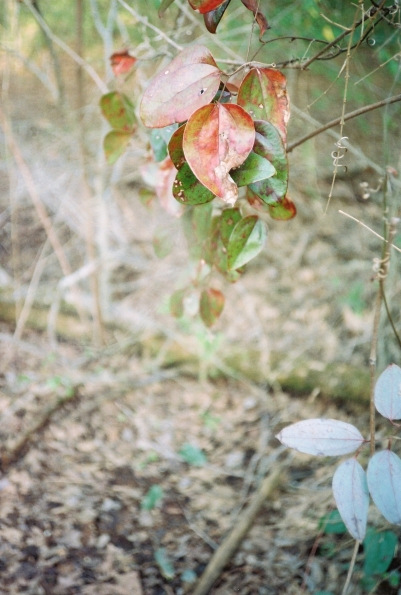
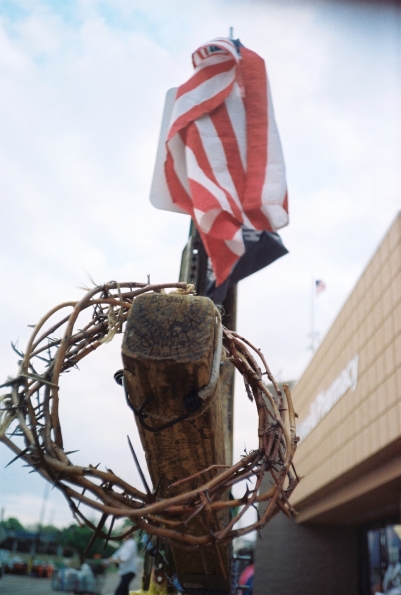
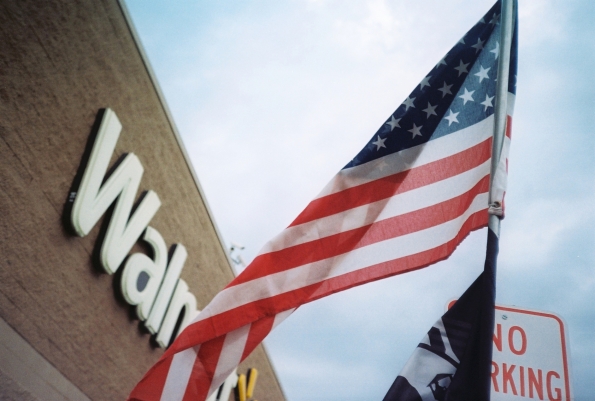
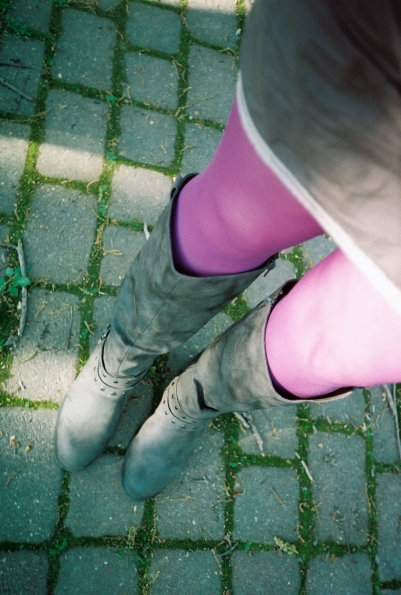
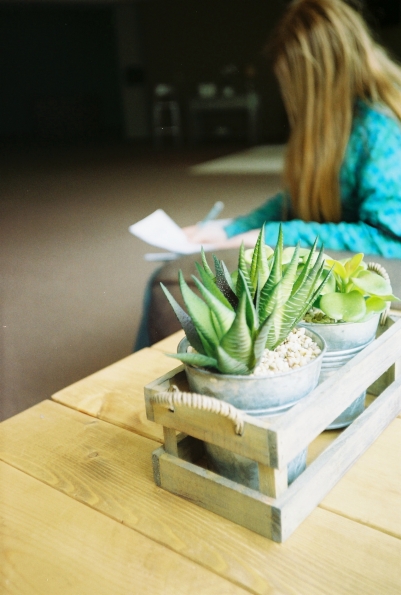
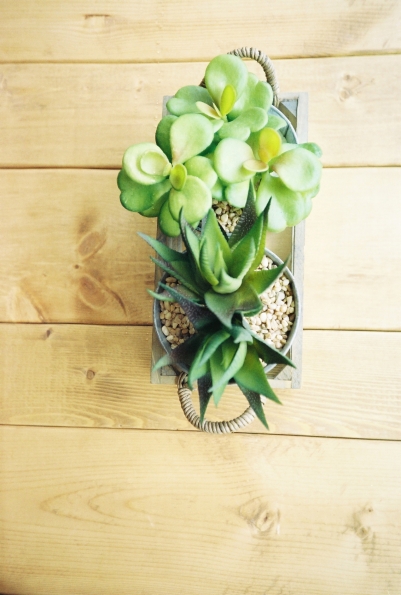
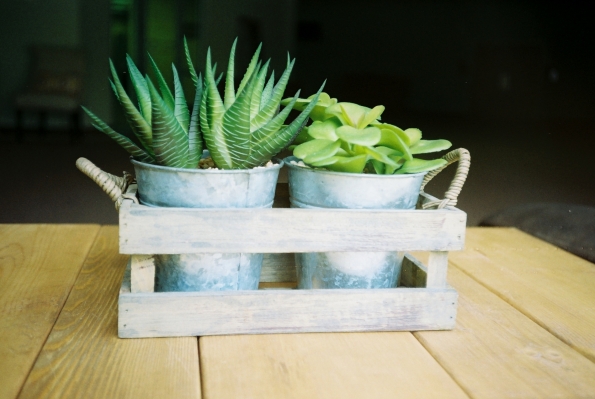
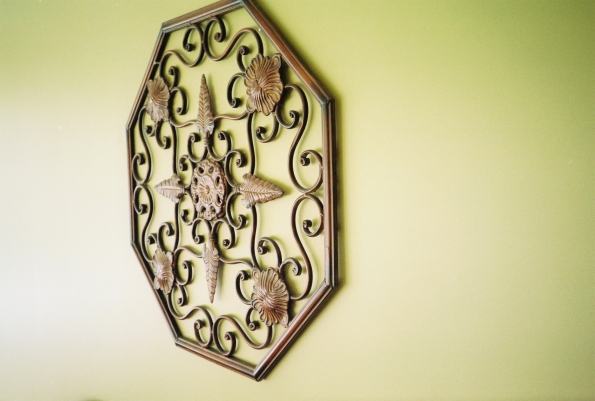
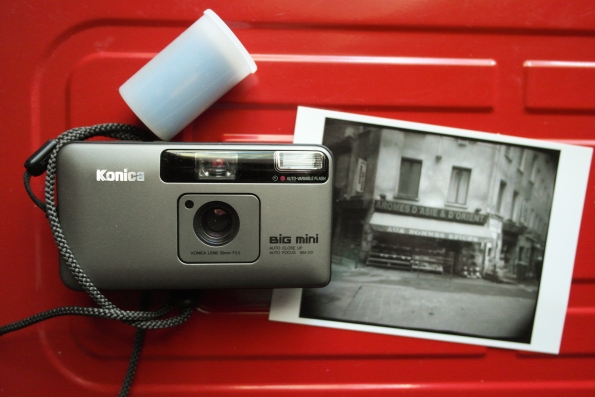 Urban sent me the Konica Big Mini, a roll of film, and an awesome postcard of one of his photos
Urban sent me the Konica Big Mini, a roll of film, and an awesome postcard of one of his photos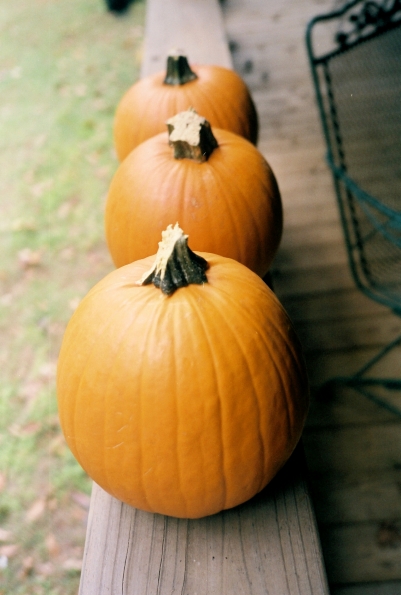 Mini pumpkins, before we painted them for Halloween
Mini pumpkins, before we painted them for Halloween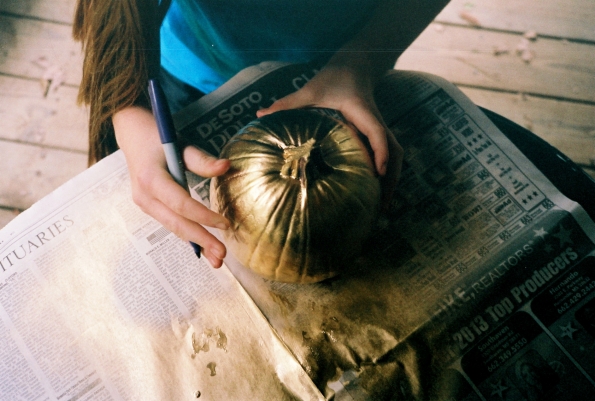
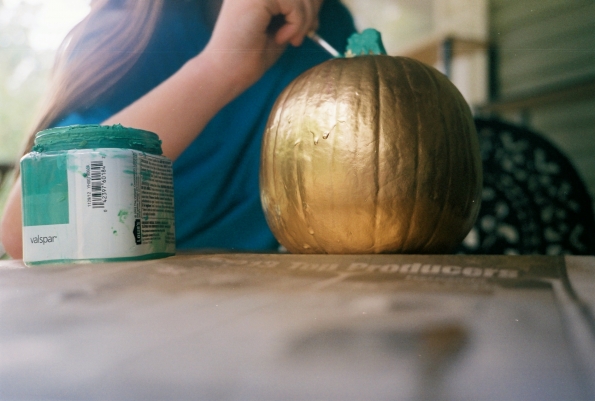
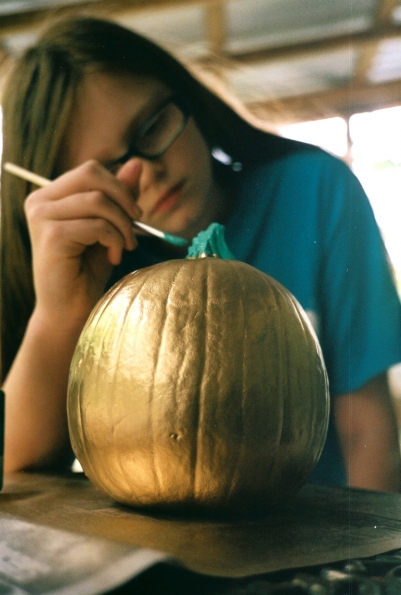 My niece decorating her pumpkin
My niece decorating her pumpkin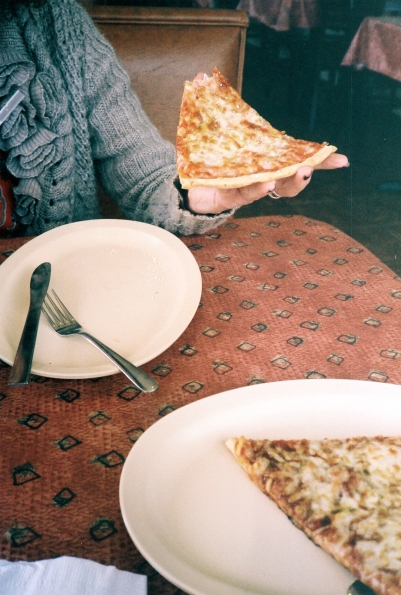 Lunch with me mum
Lunch with me mum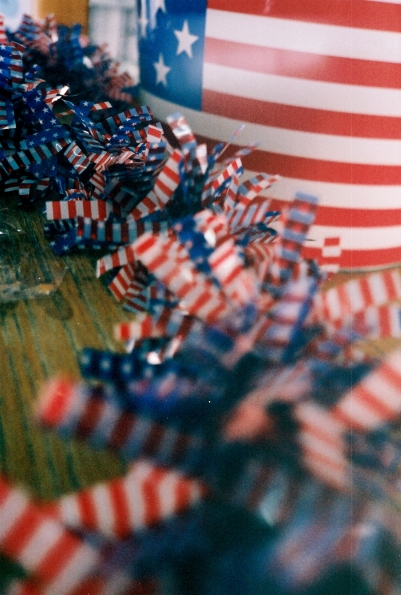
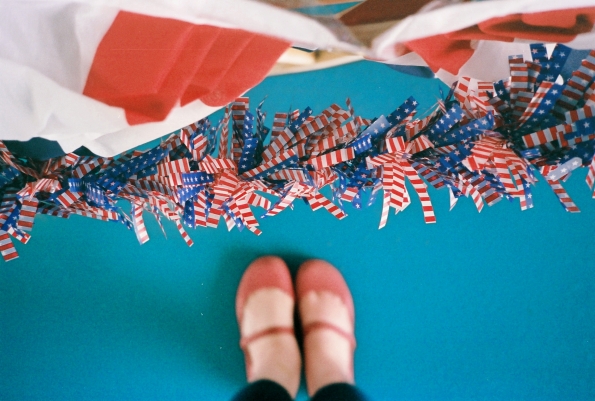
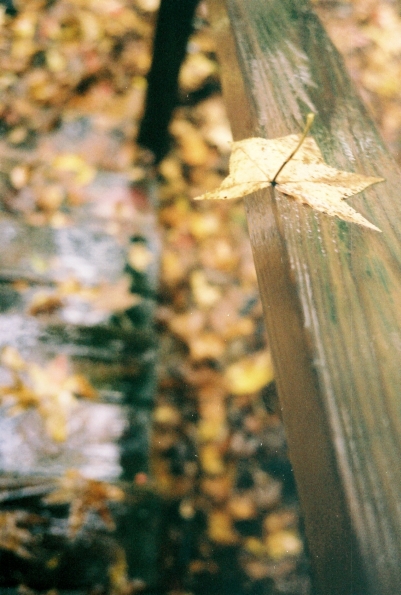
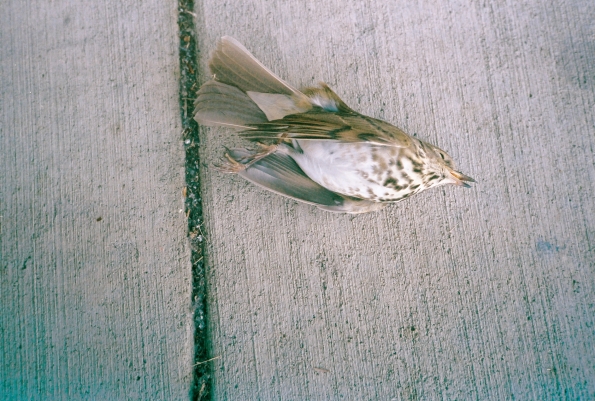 I don’t know why I always take pictures of dead birds. There’s one on
I don’t know why I always take pictures of dead birds. There’s one on 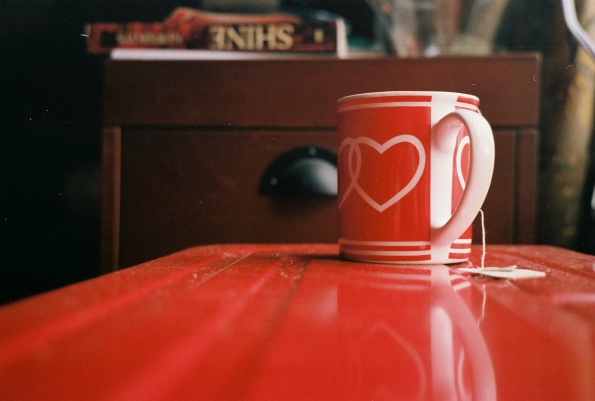 Trying to soothe a sore throat with a cup of tea one afternoon
Trying to soothe a sore throat with a cup of tea one afternoon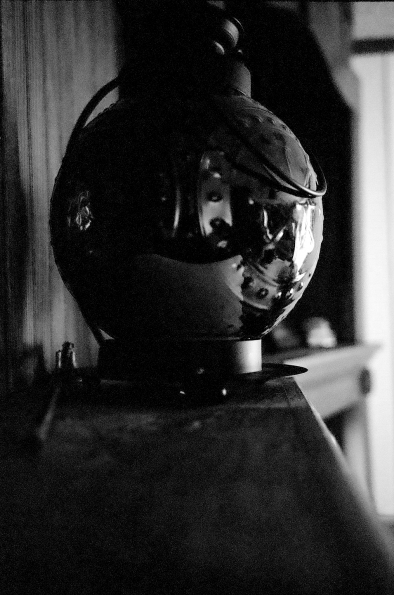 I actually used +1.5 compensation for this, and it still came out quite underexposed
I actually used +1.5 compensation for this, and it still came out quite underexposed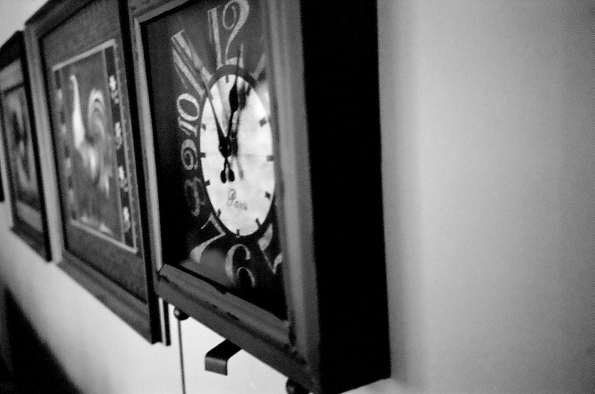 The angle on this looks kind of zany, but I kind of like it! (and probably a result of
The angle on this looks kind of zany, but I kind of like it! (and probably a result of 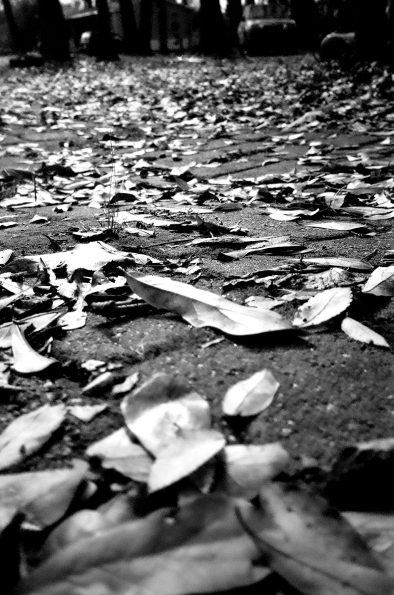
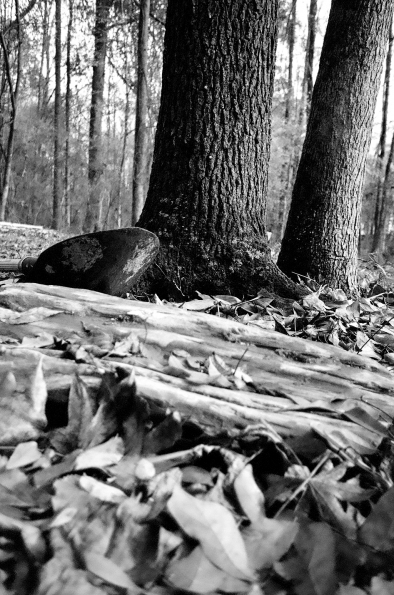
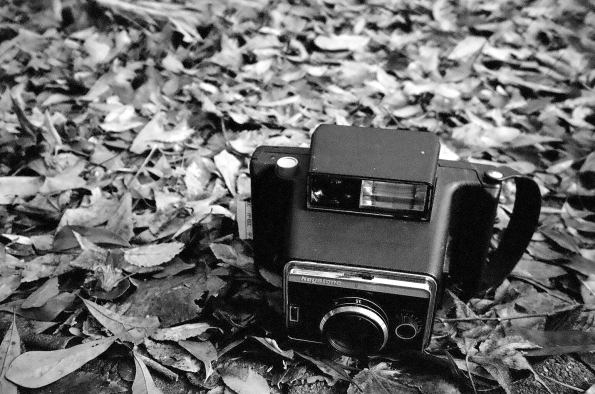 This must have been the day I was testing out my Keystone Everflash to see if it was still working (it was)
This must have been the day I was testing out my Keystone Everflash to see if it was still working (it was)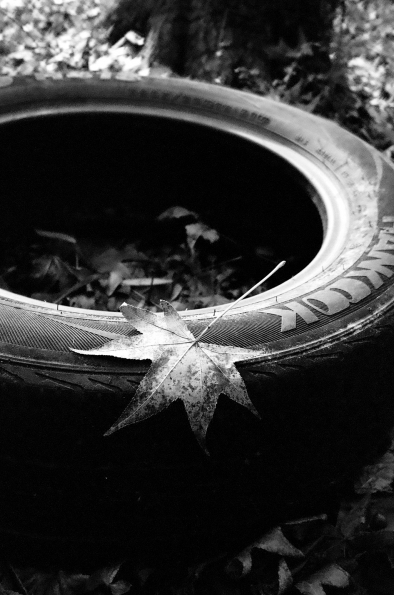
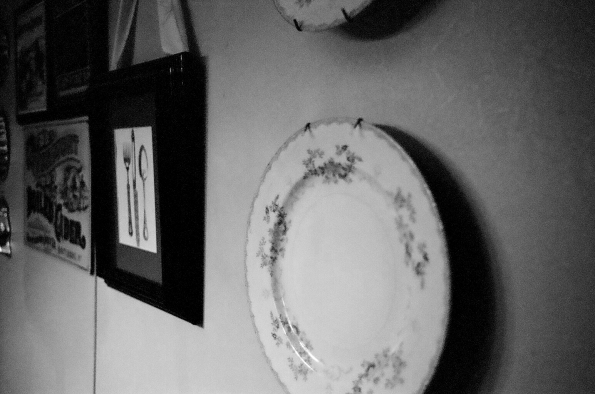 My sister’s wall decor
My sister’s wall decor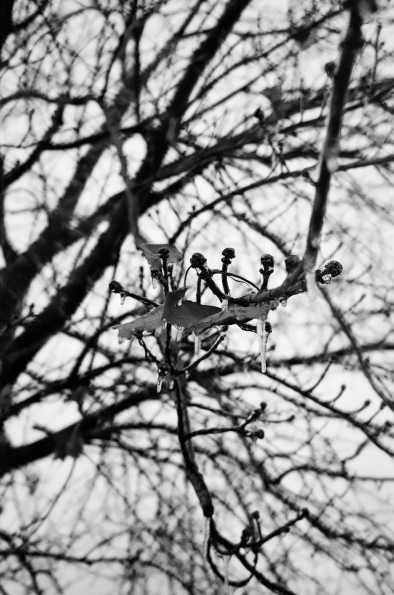
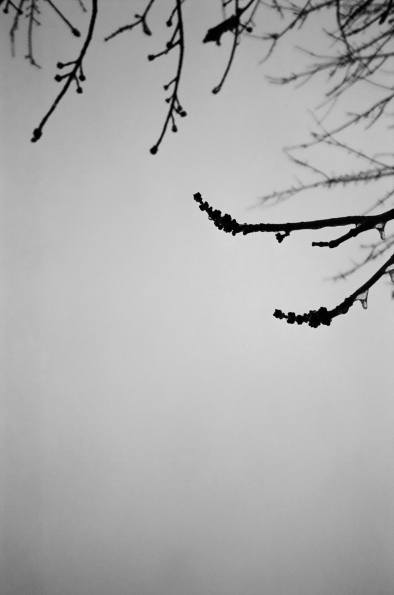 After we had a bit of ice fall in Memphis
After we had a bit of ice fall in Memphis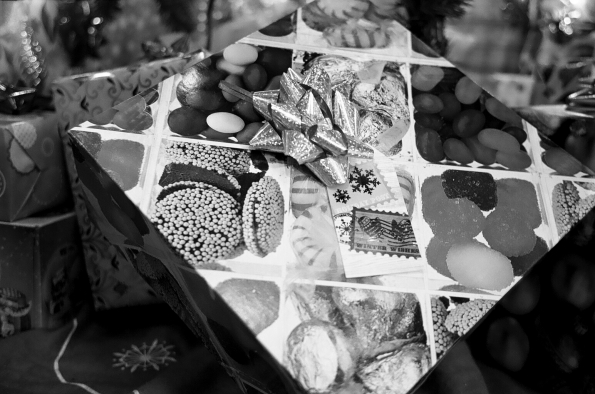 Christmas pressies under the tree
Christmas pressies under the tree Globe
Globe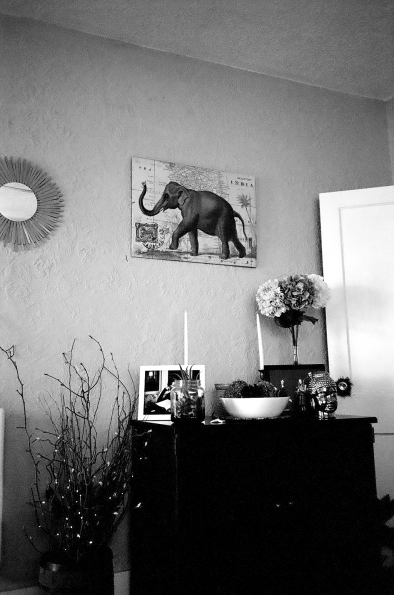
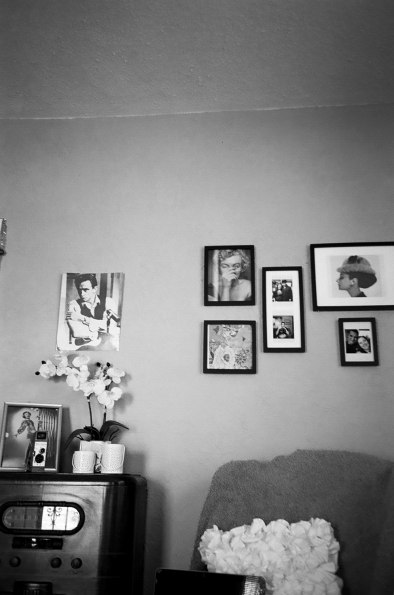
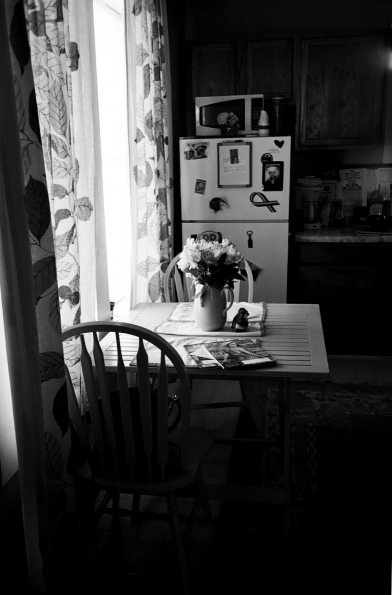
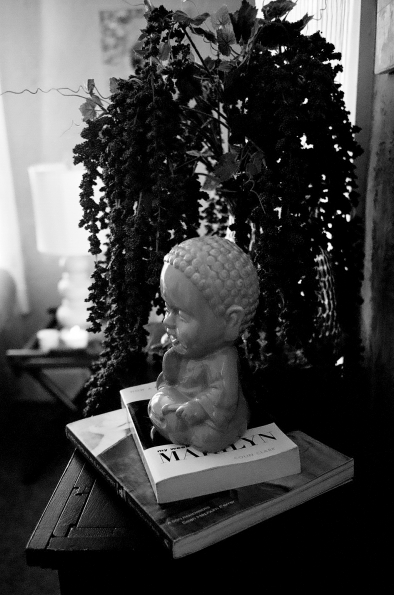 Visiting Mallory. I love photographing all the cuteness in her house.
Visiting Mallory. I love photographing all the cuteness in her house.